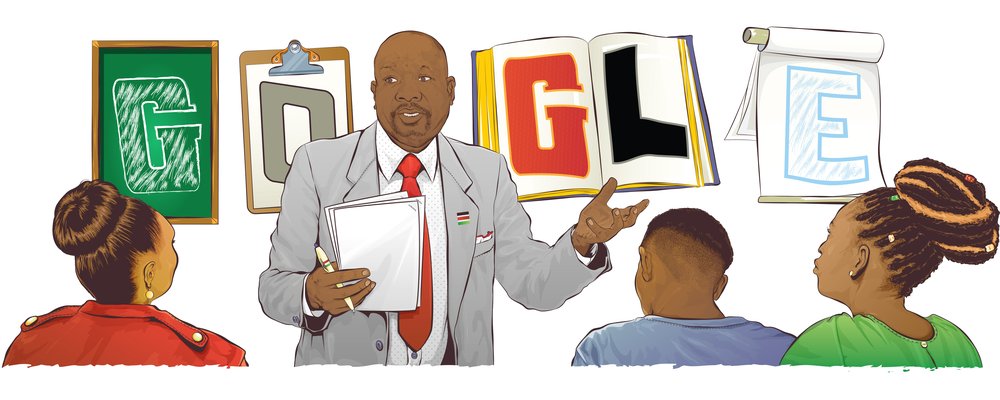Googler Mor Schlesinger, who heads up the Climate and Crisis Response team, shares her insights.
What led you to your current role?
I was a serial entrepreneur, working in tech since I was 17, and was looking to create my next startup when someone at Google asked me to join the organization. I now lead the new Climate and Crisis Response teams within Search. It was clearly needed because people were coming to Google in the millions – people affected by floods, wildfires, and other climate crises – to find timely, helpful and actionable information. I joined because I wanted to impact society at large and Google offered the platform to do it at scale.
What’s the most innovative feature that you’ve worked on that has had the most impact on people?
Definitely SOS Alerts. It’s one of our most innovative products and a great example of Artificial Intelligence (AI) being used to help people prepare ahead of a crisis and stay informed. The guiding principle of SOS Alerts is ‘expect the unexpected,’ because crisis events are so dynamic and unpredictable. So it can help people in the midst of natural disasters – from earthquakes, wildfires and floods – to man-made disasters such as war. So of course it’s very relevant to the situation in Ukraine, where SOS Alerts have provided accurate and timely information in the region.
How exactly does it help people?
In times of crisis, people need information to make life or death decisions within minutes. So people come to Google and tend to ask four fundamental questions, ‘What is happening?’ ‘Where is it happening?’ ‘What do we need to do?’ and ‘How can we help?’ We build our product to help with these questions, so we make it easy for people to get authoritative and locally relevant information to help them navigate the crisis.
What’s been the most significant moment in your career in Search so far?
There hasn’t really been a significant moment, it’s more a sense throughout my time here that I've been able to have, literally, a life saving impact on people. It really hit home when I was scanning through user feedback and I saw the words, “Thank you Google you saved my life!” I thought wow. It’s such a privilege to be able to help people – for a job. It’s so amazing!
Where was that person?
They were close to a shooting incident and didn’t know what was happening. They’d heard shots and saw people running, then they checked Google and found out that they needed to stay put and take cover.
Where do you see the biggest progress being made in tracking our changing environment in the next 3-5 years?
I think at the intersection between climate and crisis, which is basically climate change. And one thing we know about climate change is that we’re going to see more frequent and more severe natural disasters. Advances in artificial intelligence together with search mean we can give advance notifications to users in life-threatening situations and enable them to act. For example, if we think that you’re in danger of an earthquake, we can issue early warnings to all Android phones in the area. Studies show that if you get to people before a crisis, you have nine times more impact.
What excites you about the future of Search and the real-life impact it can have?
For me personally, I think it's the intersection between climate and technology. We can all do our individual parts to mitigate climate change, but I believe that it’s the largest crisis that we face as humanity. And when I think about how we can help in this huge effort globally, well, I feel privileged to take part.
